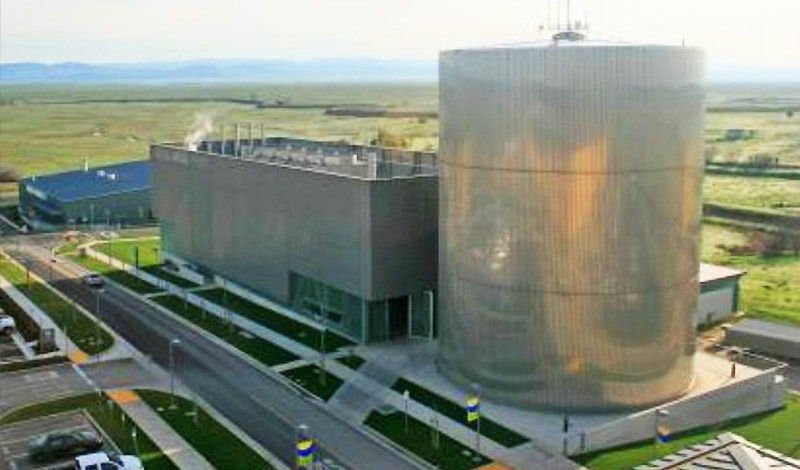Demand for electricity reaches its peak during the afternoon hours, especially in the summer when air conditioning systems really crank up. This extra demand puts a strain on the grid and electricity is more expensive during these peak periods.
At night, there is electricity to spare, and off-peak power is often much cheaper. Thermal energy storage (TES) is an innovative cooling technology that can allow your facility to use less expensive nighttime power to provide cooling during the day.
How it works
Thermal energy storage is usually placed at the site of electricity consumption. Storage lowers a building’s electricity costs by shifting the time of day when the cooling system operates. Instead of running an electric air conditioner on a hot afternoon when power prices are highest, thermal storage produces ice, or chills a coolant, overnight when electricity costs are lower. The system then circulates air cooled by the stored ice or coolant through the building the next day. There are also smaller systems that serve as a thermal mass within cold storage warehouses or walk-in freezer that increase uniformity of temperature and increases life of refrigeration equipment.
Advantages of thermal energy storage
TES systems can provide your facility with a number of benefits:
- Energy savings. Lower nighttime temperatures allow refrigeration equipment to operate more efficiently than during the day, reducing energy consumption.
- Reduced equipment costs. Less chiller capacity is required, which means lower capital equipment costs.
- Lower peak demand charges. Your facility may be charged for peak demand. By switching electricity demand to off-peak periods, you can reduce demand charges on your energy bills.
Thermal energy storage can help you balance the daily ups and downs of electrical power consumption. The technology is straightforward and proven, and the savings can be substantial.
Success story: savings goes down like fine wine
Temperature control is vital in Wilson Creek Winery’s 40,000-square-foot operating facility, which requires cooling eight months out of the year. To save energy and money, the business owners installed a system of thermal energy storage units in tandem with higher efficiency air conditioning. By shifting the cooling load from peak daytime hours to lower cost night periods, the facility is saving $27,000 a year.
